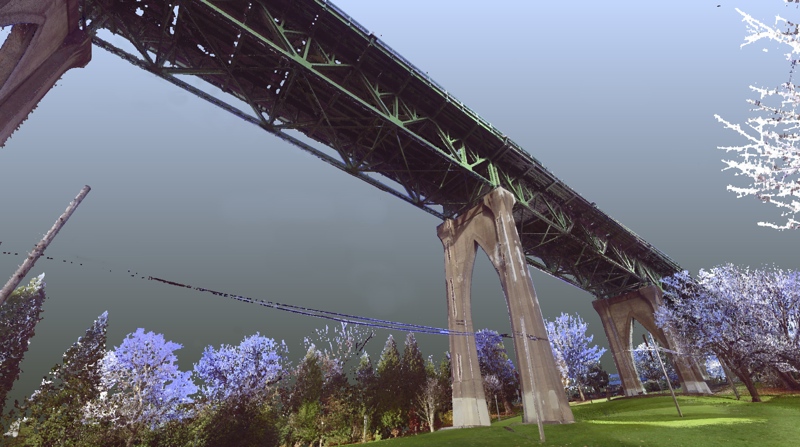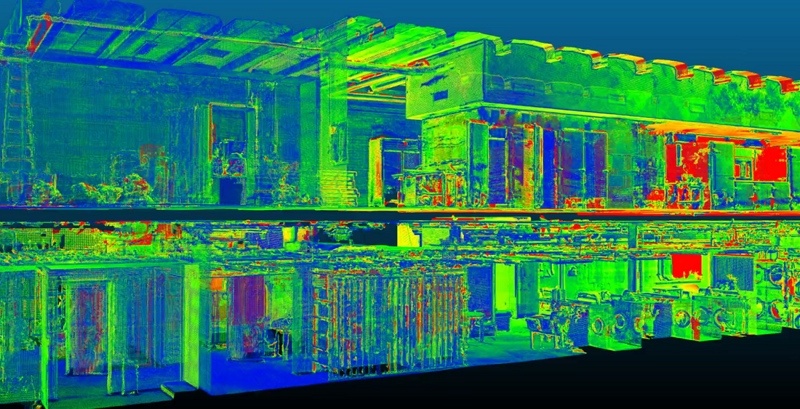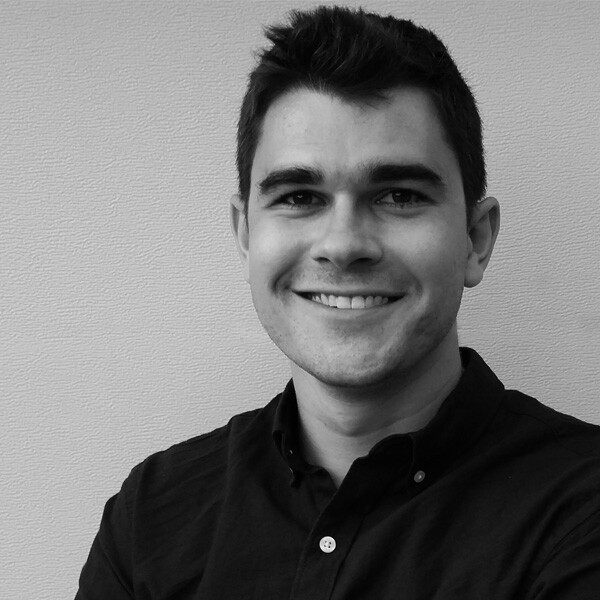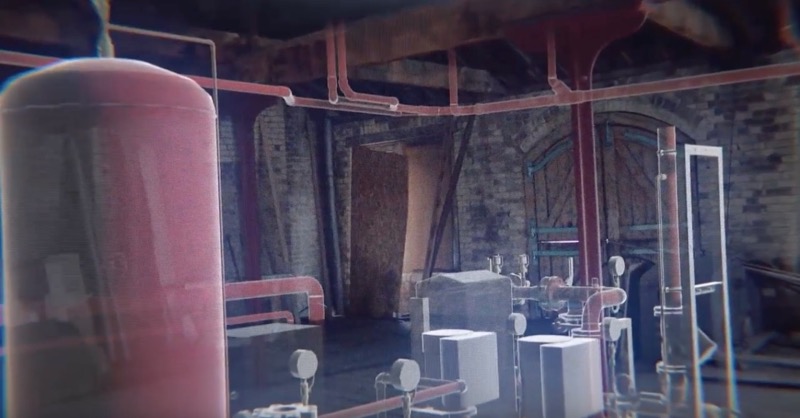The rise of reality capture has opened up the market to more inexpensive, easier-to-use hardware, which is, in turn, leading many new professionals to use the technology. These professionals may not be familiar with the end products expected by clients—it takes education and experience to understand the nuances and complexities of that end product, and how to utilize it to derive the greatest value. That’s why new players entering the market will naturally gravitate towards a more inexpensive option to ease into the industry and begin to learn the basics. This is where the issue of marketing tactics begins to surface.
The problem with percentages
Now, reality capture isn’t new, and marketing the accuracies of a measuring device isn’t new either. But what is new is the accuracy statements made by some of those marketing lower-cost reality capture devices. The way vendors market the accuracy of these devices to newcomers is different from how vendors have marketed the accuracy of existing higher-end products to experienced professionals. To someone new in the industry, these claims of accuracy feel incredible and awe inspiring.
The new marketing technique I’m referring to is the use of percentages—percentages of accuracy. For example, some reality capture devices may market themselves as being 99% accurate, or even better, 99.4% accurate. To someone new to the reality capture industry, the idea of being able to scan or capture an area to 99% accuracy sounds amazing.
Professional grade reality capture devices are marketed differently. The vendors tout their ability to capture increasingly small units of accuracy at increasingly large ranges. This range is given specifically for the product because, after a certain distance away from the capture device, the accuracies can begin to deviate almost exponentially. That’s why, when a prosumer product touts 99% accuracy alone, the results can leave a lot of room for interpretation, something many professionals with major investments into reality capture do not want.
What would be a concrete example of an accurate accuracy statement—in terms of a percentage? Well, let’s assume a professional-grade reality capture device can capture the scanned environment to 1 millimeter accuracy at a maximum range of 270 meters. Now, let’s put that in terms of percentage of accuracy. That product is 99.99962963% accurate up to 270 meters away.

Image credit: ToPa 3D
Numbers can be misleading
If we look at a low-cost device, it is still an impressive feat for that device to be within less than 1% accuracy of a professional grade reality capture device.
However, statistics can be, I don’t want to say manipulated, but maneuvered to indicate stronger performance than the rest of the market. Look at the statistics for disinfectant wipes to see what I mean. Most disinfectant wipes claim they remove 99.99% of bacteria when applied. Again, quite the feat it would appear, but upon further investigation this level of disinfectant is only achieved when applied multiple times and does not take into account the millions of bacteria and viruses that potentially inhabit a kitchen counter.
Getting back to our original topic, if a prosumer reality capture device were to specify an accuracy of 99.4% at a certain range, say 75 ft, that would equate to a .45 ft or 5.4 inches of error at 75 ft. This is incredibly important for the vendors to specify, so the customer fully understands they cannot capture a large site with a few scans and hope to work off of the model accurately.

Image credit: ToPa 3D
Everything depends on the needed tolerances for the use case, of course. Today, the amount of reality capture devices available is growing—even the cell phones in our pockets are now being seen as reality capture devices—and each type of device comes with a different range of accuracy, and a different use case. A professional grade reality capture device, with higher accuracy, will be used for different purposes than a prosumer device. Each has its place.
The issue is the language used for communication. The marketing for some newer reality capture devices is not the same language as the more established devices, which makes it difficult for a customer to understand what they can expect when buying a product.
Educate yourself
Falling prices, user-friendly products, use-cases that require varying levels of accuracy. These are all indicators of growth in the market. While this is good, the customers entering the market need to have a basic understanding of reality capture. Potential investors in this new wave of devices need to educate themselves and understand the way these new products work, and what they are capable of. With this understanding, professionals can understand the capabilities as well as the limitations and in turn be able to see when the way a product is being marketed is not incorrect, but not the most accurate.









